The Moonshot Slaybots competed at the Iowa Regional competition at UNI's McLeod Center March 23-25, 2017. Competing with and against 53 other teams proved to be challenging. The team learned so much about the importance of collaboration and communication. They also had to quickly problem-solve between matches in order to make the robot better suited to the challenge. (The robot we walked out with looked different than the one we prepared for competition.) With a win-loss record of 2-6 in the qualifying rounds, the team was disappointed to not move on, but the team recognized that they learned more from match losses than match wins. Most of all, the students are making plans for next year. Even though we won't know the new challenge until January, we know there is a LOT to learn and do in the off-season to be ready for whatever diabolical challenge FIRST thinks up. The team would like to thank Mike Albers. Due to his generosity, The Slaybots were donated a space (and given suggestions and help) to build this season's robot. Thank you also to Yellow Jacket Enterprises LLC for building us a cart for competition. With grants from Monsanto, the Iowa STEM Council, FIRST, the Community Foundation, and John Deere, we were able to purchase the tools and supplies needed to design and build our workshop, robot, and team branding. We also had help from three fabulous volunteers; Tyler Stricker and Jim Foss from John Deere and Paul Rael from Doerfer Companies. They helped students learn more about engineering, construction, electrical components, and design. The coaches would like to commend students for their hard work. Quoting from a video from Ben Barney, "This isn't a robot. It very well may have hydraulic arms, a drivetrain, and a circuitboard, but this isn't a robot. This is a lesson in humility, hard work, and collaboration. This is a Crossfit workout for the muscle upstairs. This is an apple for the next generation of Newtons. It's a lot of things, but this isn't a robot. This is a roadmap that leads straight to engineering. This is a rock to shatter a thousand glass ceilings, a rope to pull a generation up and out of poverty, a sledgehammer to breakdown cultural barriers, and a universal language spoken in every nation on Earth. And because of that, this is a compass to point the way to peace. But please, don't think this is just a robot. This is Glastonbury for technology. This is Mission Control for the next moonshot. This is the Rosetta Stone to help translate the future. This is the sport that will help us win Tomorrow. This is the software to program ourselves to cure cancer, build a clean engine, or step foot on Mars. But this isn't a robot. It's a machine to build the people who will change the world." BRAVO to our students! Those that take on the challenge of robotics will truly change the world. Here are the 2017 Moonshot Slaybots Seniors: Isabella Dietrich, Hanna Euchner, Liz Gaffey, Ben Purdy Juniors: Maya Despenas, Colton Glick, Adie Murphy Sophomores: Brad Cunningham, Tori Fernandez, Jacob Foss, Sydney Hoffman, Sawyer Loger, Jon McCallum, Dylan Messerschmidt, Lauren Vanderlind Freshmen: Trey Bradley
2 Comments
Friday, March 10 students in grades 5-8 celebrated the famous irrational number pi. While the rest of the world celebrates on March 14 (3.14), teachers decided not let DNH’s spring break stop students experience some pi fun. For many 5th graders, this was their first time learning about pi. Mrs. Shakespeare explained unlike the decimals they learned about earlier in the year, pi is irrational. That means it does not stop or repeat a pattern. Students were surprised to learn the number has been written to millions of places and does not follow any patterns. They created art work that showed the randomness of the digits of pi. Mrs. Hoffman’s sixth graders used their skills in solving math expressions to solve problems finding area and circumference of circles. Even though pi never stops, they discussed how many place of pi to use in their calculations. They also searched newspapers to make a pi collage, a pi scavenger hunt, and made colorful pi networks. Seventh graders in Mrs. Eiklenborg’s room measured circumference and diameter of several round objects. After dividing the circumference by the diameter, they discovered the quotient was close to 3.14, or pi. The more precisely they measured, the closer the results matched. This activity ties into their continued study of circles later this year. In Ms. Halstead’s room, eighth graders used a method known as Buffon’s Needle to approximate pi. Given a paper with parallel lines spaced the same distance apart as the length of a toothpick, students randomly tossed toothpicks. By doubling the number of picks dropped and then dividing by the amount that crossed a line, students got close to 3.14. The more trials recorded, the better the results. Students then listened to the story “Sir Cumference and the Dragon of Pi.” Fun and learning--a perfect way to lead into spring break. DE Over the past six weeks the four instructional coaches have been working with Mrs. Grandon’s first grade class on their ocean animals research project.
Research in first grade? That’s right! First graders walked through the entire process of research. First they chose a topic from a preselected list of ocean animals. Then they began by researching these animals on the Internet. No, they were not given free reign to search wherever they wanted. Websites that were age appropriate were carefully researched and selected. These sites were then shared with the class using Symbaloo to help keep students focused on research only their animal. (You can view Mrs. Grandon’s symbaloo here.) Students researched on a specific topic (the animal’s appearance, what they eat, predators, movements, and interesting facts) each day. Students learned how to look for specific words to help with each topic and used audio readers to help with reading difficult sections. As students learned about each topic, they took notes and recorded the resources they used. These notes were used the following day when students wrote that topic. Students had to analyze their notes and decide which order to put their information in for it to make the most sense. This process continued until students had researched and written a rough draft. After the first graders had completed a hand-written rough draft, they began typing their final draft on a template that was created for them. Their final draft also included a list of their resources, which is such a vital part of research. When all students were finished typing, their research was compiled into a book titled Amazing Ocean Animals using flipsnackedu. Finally, the first graders had the opportunity to use the Chatterpix app to tell about their animal using the first person point of view. The students had a lot of fun “becoming” their animal and sharing some of their favorite facts about their animals. You can check out their work here! Throughout the research unit, mini-lessons on a variety of topics were used, including how to take notes, writing the paper from your notes, computer skills such as using the shift and spacebar keys, and changing writing from third person to first person. We also covered the following Common Core standards:
In conclusion, this project really challenged the first graders in many ways. After all, research is a challenging concept for older students and even adults. Students writing skills were challenged (They wrote a lot!), and they used a wide variety of technology. It was so rewarding to see how enthusiastic and excited these first graders were about what they were learning and how hard they were working to learn. They absolutely loved the challenge and were thrilled with their completed projects and becoming published authors! --AS |
DNH CoachesBurnette Dove, Literacy Archives
May 2017
Categories |
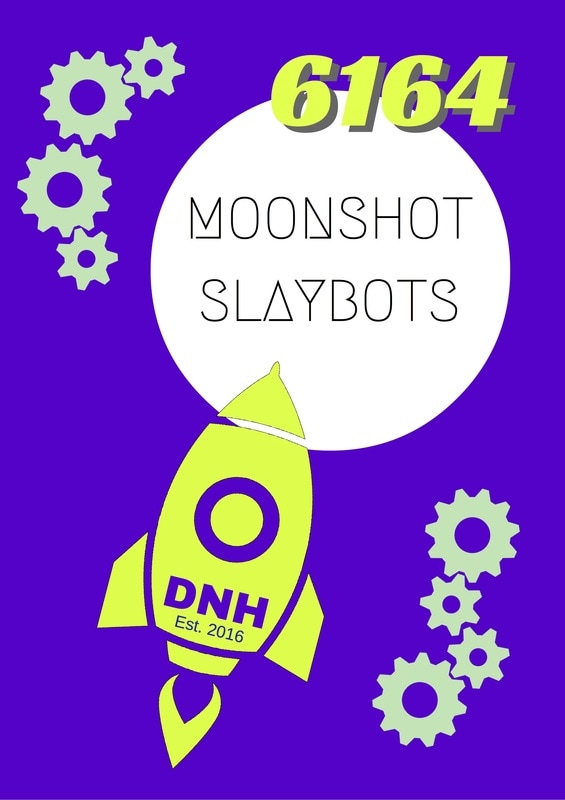
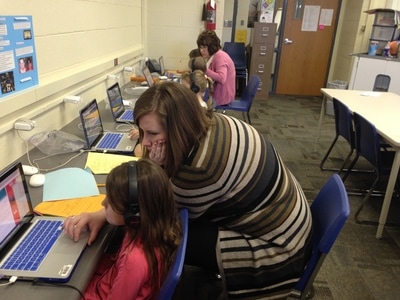
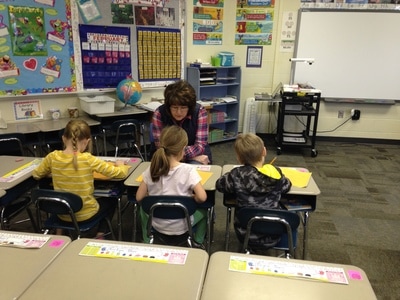
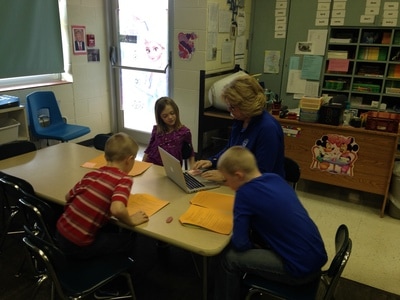
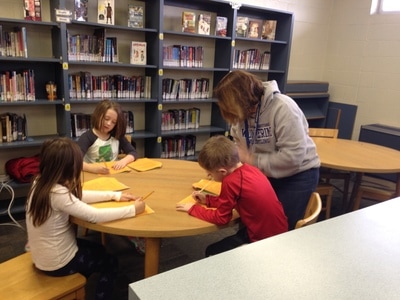
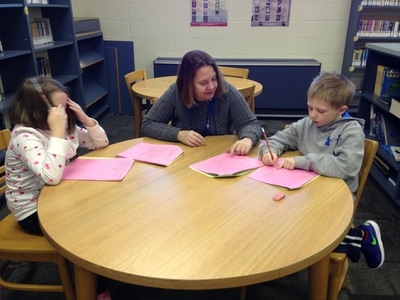
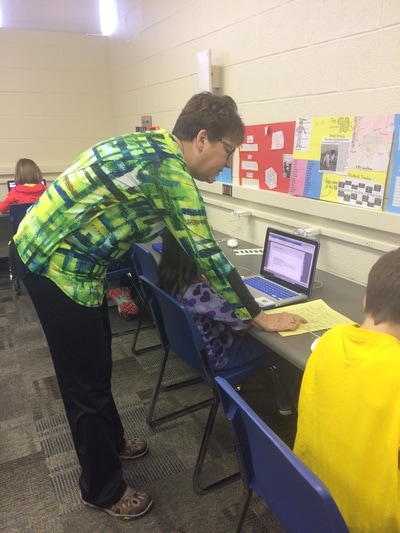
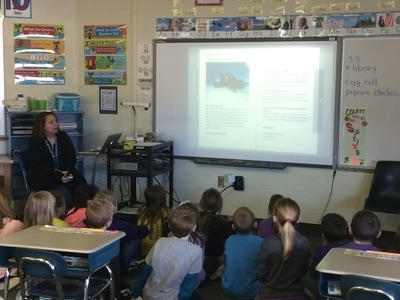
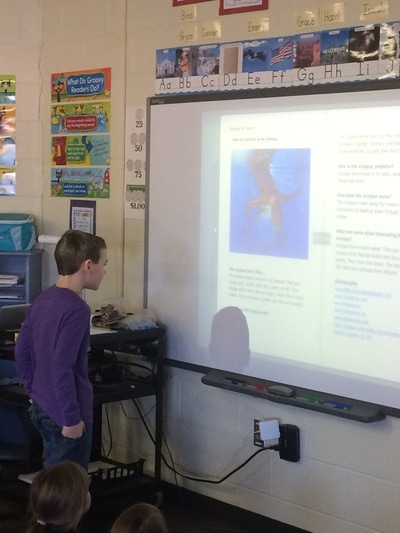
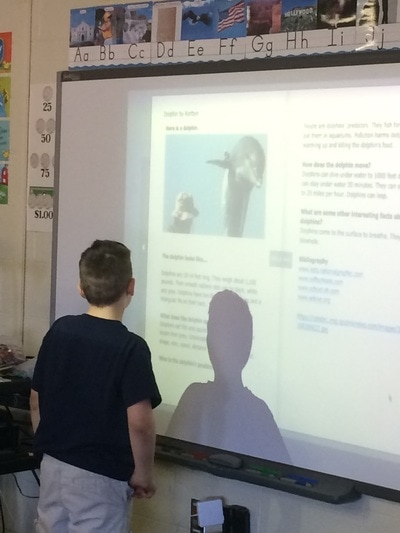
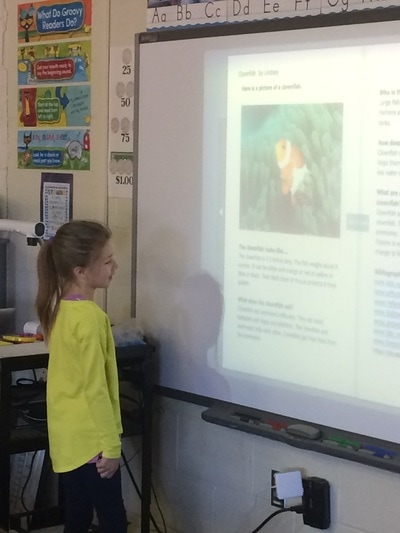




 RSS Feed
RSS Feed
